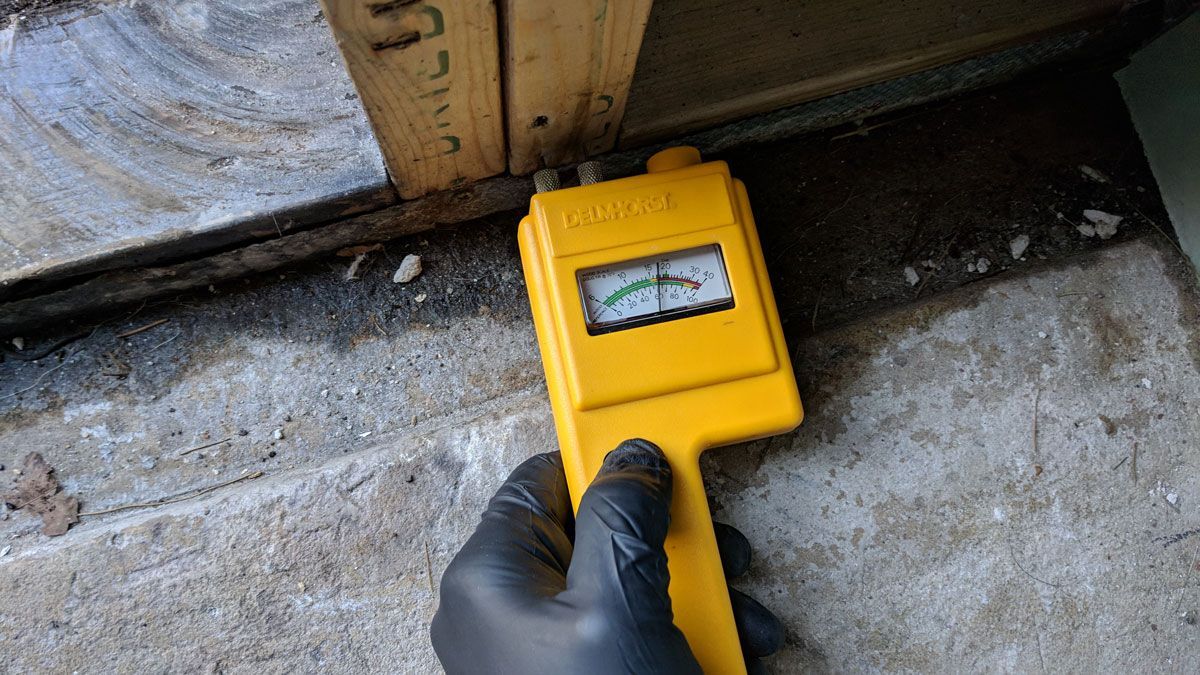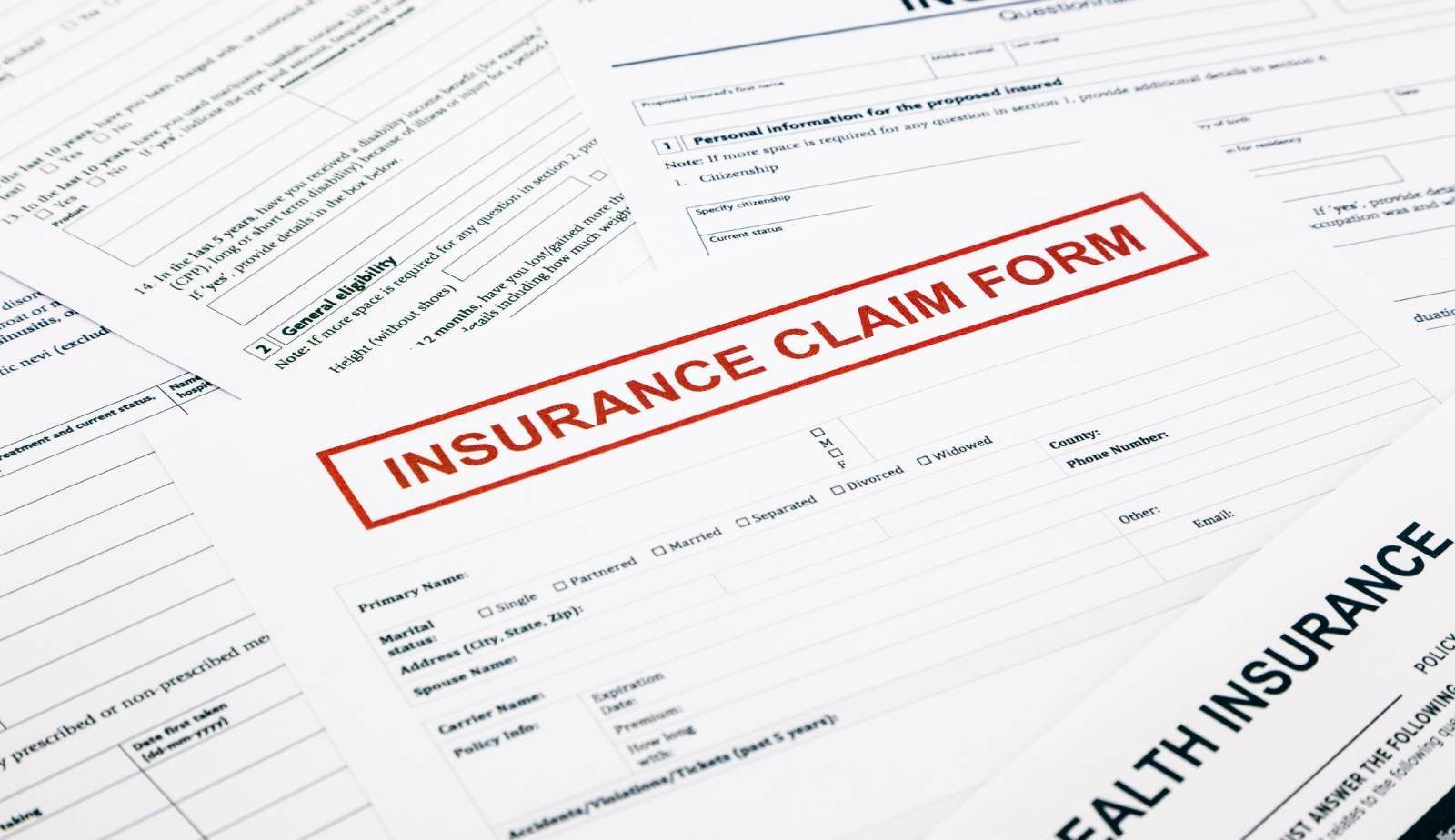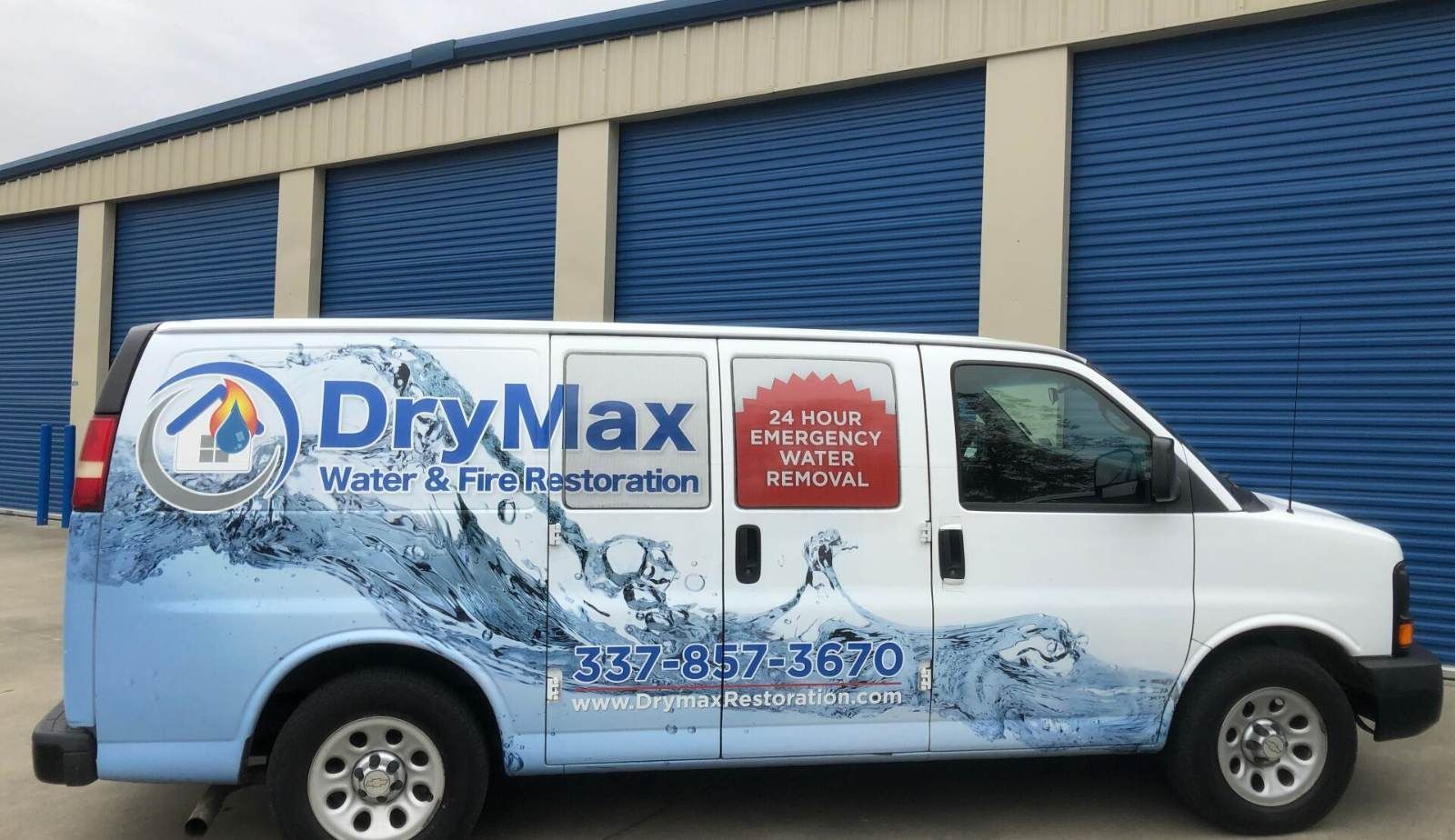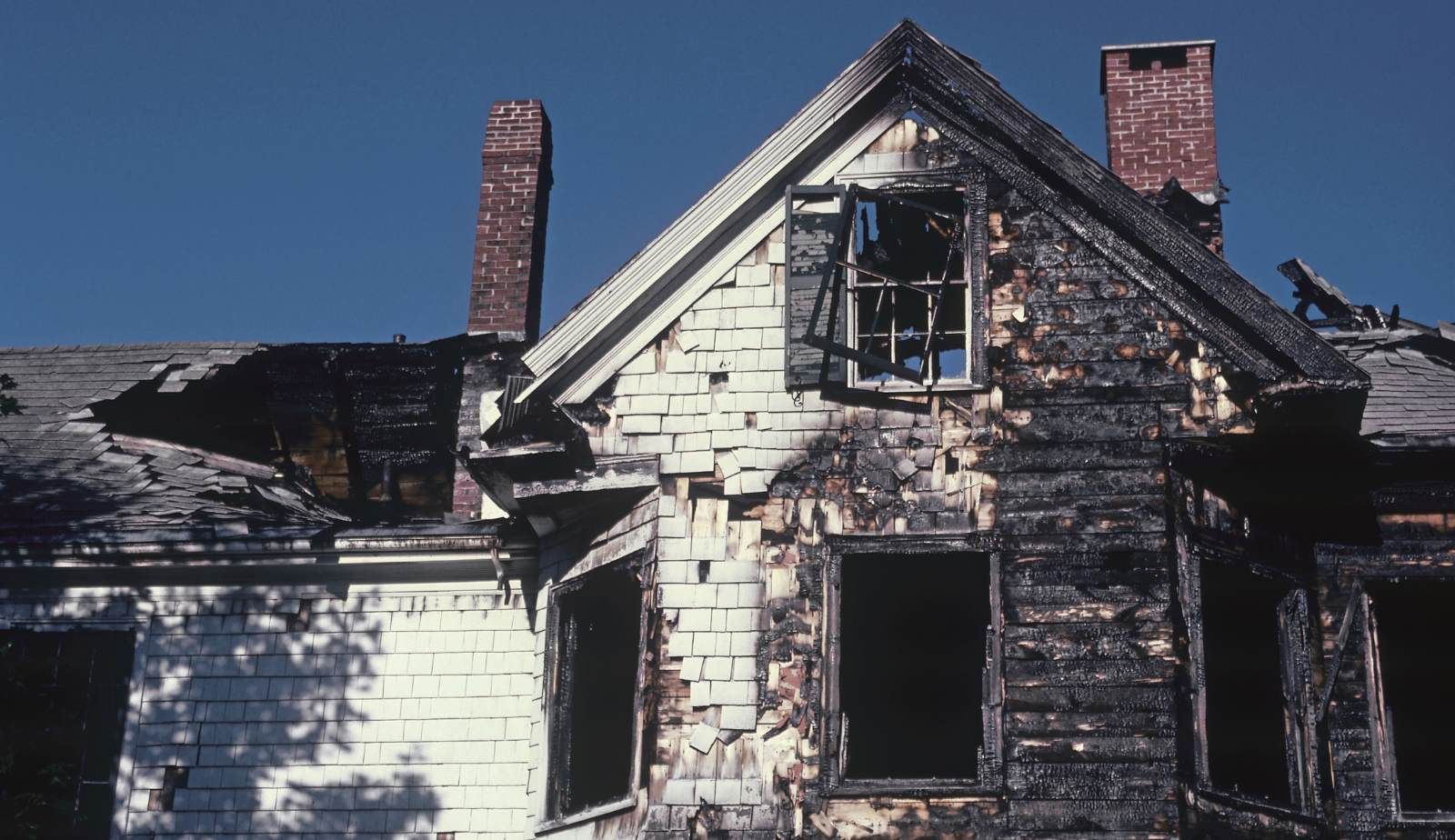By Thomas Duff
•
November 3, 2025
Devastating fires can leave homeowners feeling overwhelmed and uncertain about the restoration process. In Louisiana, DryMax specializes in transforming fire-damaged homes back to their original state. Their comprehensive approach includes advanced techniques for cleaning, repairing, and restoring properties affected by smoke and fire. With a team of trained and certified technicians, DryMax has built a strong reputation over years of service in the Acadiana area. They understand the specific challenges posed by local building materials, which may react differently to fire and moisture. By employing specialized methods tailored to these conditions, they ensure effective restoration that traditional approaches might overlook. For those dealing with the aftermath of a fire, engaging with a professional restoration service is crucial. DryMax provides 24/7 emergency response and a commitment to quality that can significantly alleviate stress and expedite recovery. This level of service helps homeowners reclaim their living spaces efficiently and effectively. Understanding the Challenges of Fire Damage in Louisiana Fire damage restoration in Louisiana involves navigating several complexities due to environmental and structural factors. The combined effects of fire, smoke, and the unique climatic conditions create specific restoration challenges that must be addressed efficiently. Effects of Fire and Smoke on Homes Fire can inflict severe damage to various home components, including walls, ceilings, and personal belongings. The flames can cause charring and burn marks, while the accompanying smoke permeates materials, leaving behind unpleasant odors and soot. Smoke damage is often insidious, affecting areas that may not be directly visible. Key Aspects of Smoke Damage : Odor: Smoke leaves behind strong odors that can persist long after the fire is extinguished. Soot: This residue can damage surfaces and become airborne, settling in hard-to-reach locations. Heat: High temperatures can warp structural elements, weakening the home's integrity. Addressing these effects swiftly is essential to minimize long-term damage. Unique Risks from Humidity and Storms Louisiana's high humidity and frequent storms pose additional challenges during fire damage restoration. The humidity can make it difficult for materials to dry out completely, increasing the risk of mold growth . This factor complicates recovery efforts, as restoration teams must account for pre-existing moisture issues . Considerations : Mold Growth: Damp conditions encourage the development of mold, which can exacerbate health risks. Storm-Related Damage: Fire incidents may occur during storms, creating compounded damage that requires specialized tactics for restoration. Moisture Management: Restoration processes must include effective drying techniques to prevent further deterioration. The local climate necessitates tailored strategies that integrate both fire and water damage restoration. Common Structural and Material Damage Fire not only affects visible surfaces but also compromises the structural integrity of a home. Common areas of concern include: Wood Structures: Burning can weaken beams and joists, posing safety hazards. Insulation: Fire damage may render insulation ineffective or removed during firefighting efforts. Electrical Systems: Exposed wiring from heat can create potential fire hazards if not assessed and repaired properly. Identifying Damage : Professionals conduct thorough inspections to evaluate the extent of damage. Creating a comprehensive list of affected areas helps guide the restoration process and prioritize urgent repairs. Addressing these structural and material concerns is crucial for ensuring the safety and longevity of fire-damaged properties. How Drymax Assesses Fire Damage Drymax employs a systematic approach to evaluate fire damage, ensuring comprehensive assessments that set the stage for effective restoration. This process is vital for determining the extent of damage and formulating a targeted recovery plan. Initial Inspection and Safety Evaluation The assessment begins with an initial inspection of the affected property. Technicians from Drymax evaluate structural integrity and identify any potential hazards, such as unstable walls or electrical risks. Safety is paramount during this phase, and they ensure that the environment is secure before proceeding. This evaluation helps them identify areas requiring immediate attention and formulate a brief overview of damage types, such as: Structural damage Smoke and soot damage Water damage from firefighting efforts Damage Documentation and Reporting Following the safety evaluation, Drymax documents all findings in a detailed report. This includes photographs, notes on damage severity, and a list of affected materials and structures. The documentation serves multiple purposes: It helps in developing an accurate restoration strategy. It is often required for insurance claims. Their experts use specialized software to create comprehensive damage reports, ensuring no detail is overlooked. This thorough documentation lays the foundation for transparent communication with homeowners and insurance adjusters alike. Customized Restoration Planning Armed with inspection data and damage reports, Drymax develops a customized restoration plan. Each plan is tailored to the specific needs of the property and the unique circumstances of the fire incident. This planning stage considers: The type of materials affected The necessary equipment for restoration Expected timelines for each phase of work Stakeholder input, including feedback from the homeowner, is valued, ensuring that all parties understand the planned approach. This meticulous planning establishes a clear path toward restoring the home to its pre-loss condition efficiently and effectively.





